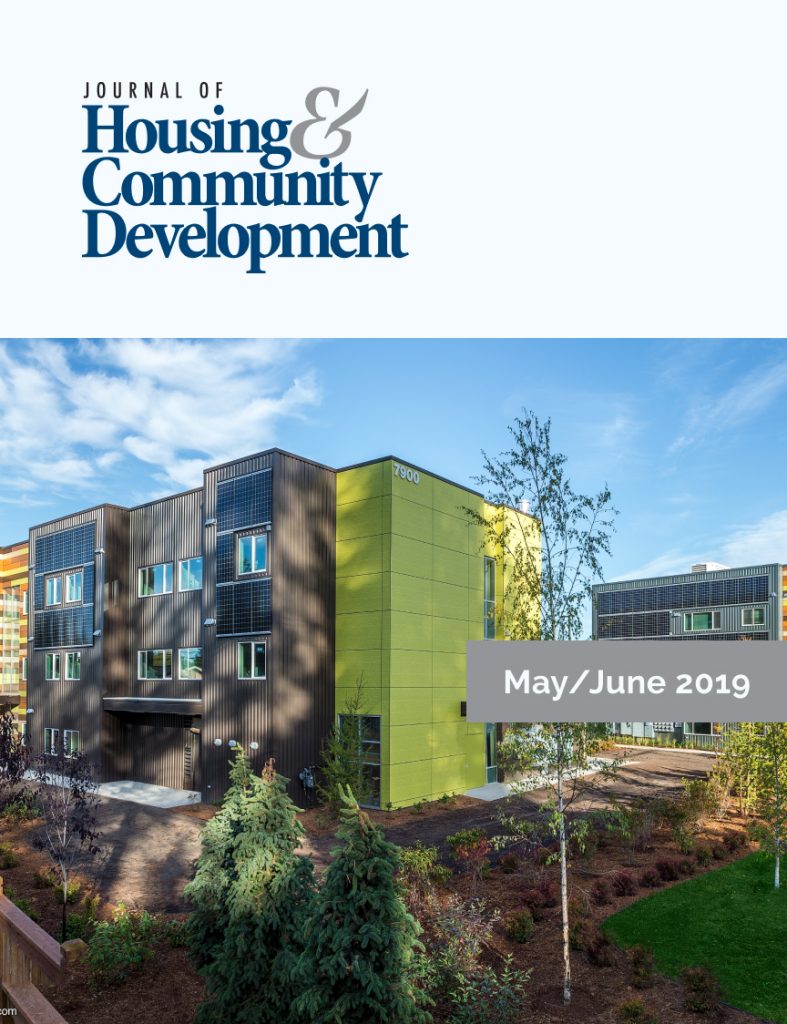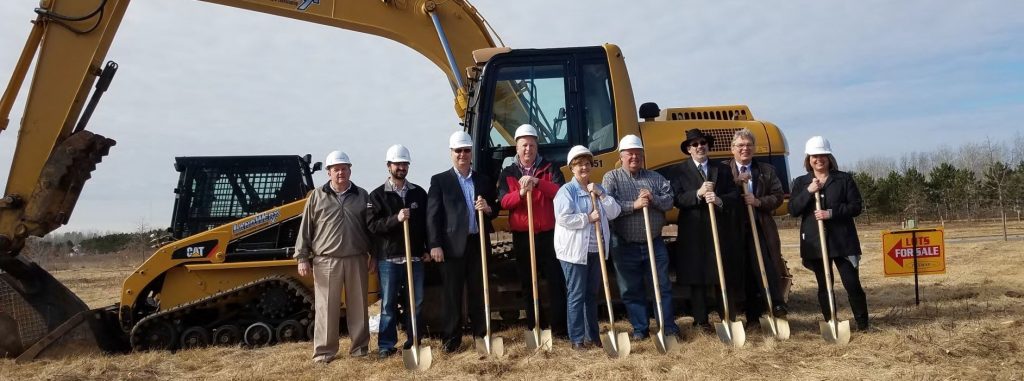The Disastrous State of Latino Housing (and How to Deal with It)
Where you live matters for how healthy you are.
Sadly, U.S. Latino communities are marked by unaffordable housing, high risk for eviction, and high risk for and displacement and gentrification. This contributes to health inequities in this population.
That’s what we found in our new research review, The State of Latinos and Housing, Transportation, and Green Space, released on May 14, 2019, by my team at Salud America!, a national network for health equity at UT Health San Antonio.
But there’s good news.
Policymakers and community leaders can adopt dynamic land-use methods, transit-oriented development, public-private partnerships, and community involvement to create and revitalize Latino neighborhoods with more affordable housing, and thus opportunities for health equity, where everyone has a fair and just opportunity to achieve the best health possible.
Here are some of the key findings.
Housing impacts health
Latino and other families who struggle with rent, move often, or have any history of homelessness are “housing insecure.” These families have a high risk of food insecurity, energy (utility) insecurity, household and child foregone health care, and health cost sacrifices.
Physical conditions within the home, such as the presence of lead, particulates in the air, and allergens, can shape health outcomes for adults and children.
Neighborhood conditions surrounding the home help determine access to health-related resources including healthy foods, recreational spaces, medical resources, transportation, and educational or employment opportunities.
Latino families are burdened by high housing costs and eviction
The amount of Latinos who are “housing cost burdened”─spending 30% or more of household income on housing costs─grew from 42.4% in 2000 to 56.9% in 2015.
More Latinos rent their homes (54%) than their White peers (28%).
The rate of Latino renters forced to move involuntarily was significantly higher (23%) than for white (9%) and black (12%) renters, according to a Milwaukee study. One in 12 Latinas reported being evicted in their adult life, compared to 1 in 15 white women.
Housing inequities are causing Latino migration to suburban and rural areas
For many Latinos, living in urban centers is not sustainable if they cannot afford a place to live or easy way to get to work. This pushes low-wage workers into non-affluent suburbs or rural spaces, where housing is affordable but further away from jobs, transportation, and amenities.
Latinos are increasingly settling in new destination states of Colorado, Florida, Georgia, Illinois, Idaho, Kansas, North Carolina, Utah, and others primarily in the Southeast and Midwest, where jobs in agriculture, construction, and service are plentiful and housing is more affordable.
Since 1990, the Latino population in the rural United States has more than doubled.
This urban to rural shift leads to segregated Latino communities in areas that lack established Latino populations and have high rates of poverty.
Increasing affordable housing options can improve Latino communities
Cities and community partners are increasingly pushing for more affordable housing, using tools like eased zoning standards, buying land to give to affordable developers, and setting up affordable housing trust funds for future projects.
Cities also are putting the issue of affordable housing to voters:
- Voters in Austin, Texas (34.5% Latino), approved municipal bonds for affordable housing projects.
- Voters in Charlotte, N.C. (13.7% Latino) approved an affordable housing trust, an ongoing public funding source for low-income housing developments.
- Voters in Bellingham, Wash. (8.3% Latino) approved extending an existing property tax for new construction of affordable housing and the preservation of such homes.
Localities also can help keep renters in their homes with rental housing assistance or repair programs. For example, in 2009, Milwaukee tenants facing eviction were given access to emergency housing aid from the American Recovery and Reinvestment Act. The city’s formal eviction rate fell by 15%.
Latinos benefit from transport-oriented development in their neighborhoods.
These developments improve affordable housing near public transit, jobs, and other amenities (retail, civic, social, etc.).
Successful transit-oriented developments in Latino neighborhoods in California have engaged advocates to push for affordable housing. They also added health care, child care, and plaza space, promoted public art, and formed groups to protect local interests.
What’s Next
Community leaders can increase the number of affordable housing initiatives using:
- Strategic land purchases for affordable housing developers;
- Inclusionary zoning, fee waivers;
- Efforts to repair and maintain existing affordable housing, acquire and repair vacant and abandoned homes, and rehabilitate mixed-income properties; and
- Low-Income Housing Tax Credits (LIHTC), development incentives, and housing trust funds to ease developer maintenance and expansion of affordable housing units.
Salud America! is working to showcase opportunities for equitable change.
For example, Janet Houser cultivates healthy living and affordable housing in Colorado.
The city of San Antonio has adopted an affordable housing framework that will add an executive position to oversee housing, address restrictive zoning rules, help fund payment assistance and housing rehabilitation programs, and incentivize developers who build low-income housing.
These are emerging ways to prioritize investment in affordable housing.
We must pull together and address housing and other underlying social, economic, and environmental factors that contribute to health than to address the health disparities directly if we are to hope for long-term changes in Latino health and well-being.
Explore the new research review at https://salud.to/healthequity.
Amelie G. Ramirez is an internationally recognized researcher in Latino health promotion and behavioral change. She is director of Salud America!, a national Latino health equity promotion organization based at the Institute for Health Promotion Research at UT Health San Antonio. Learn more about Dr. Ramirez here. Follow Salud America! on Twitter, Facebook, or Instagram.
More Articles in this Issue
Award of Excellence: Phoenix Court Apartments
The Housing Authority of Northumberland County (HANC) wins a 2018 Award of Excellence in Community…Awards of Excellence: The Wimberly Center for Community Development
The Winder Housing Authority (WHA) wins a 2018 Award of Excellence in Community Revitalization for…Award of Excellence: Brainerd Oaks
The Crow Wing County Housing and Redevelopment Authority (CWC HRA) and the Brainerd Housing and…Commissioners as Advocates and Educators
We commissioners are in a unique and powerful position to advocate on behalf of our…Low-Investment, High-Impact Strategies to Boost Education Outcomes
More than 1.7 million children from birth to age eight are living in public and…Awards of Excellence: Acts Cyrene Apartments
The Oakland Housing Authority (OHA) wins a 2018 Award of Excellence in Community Revitalization for…





